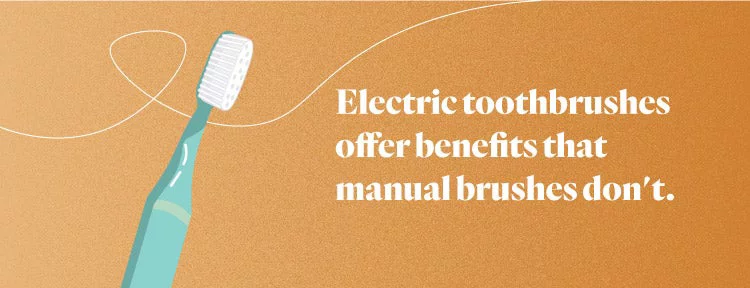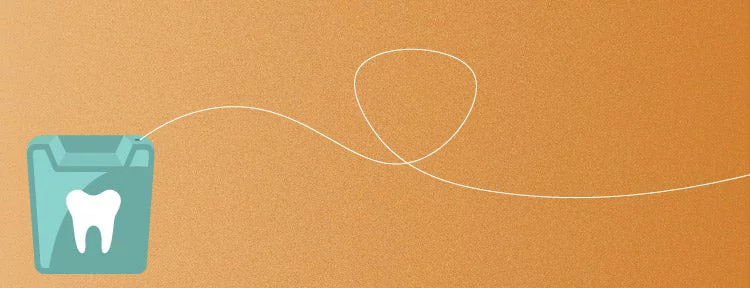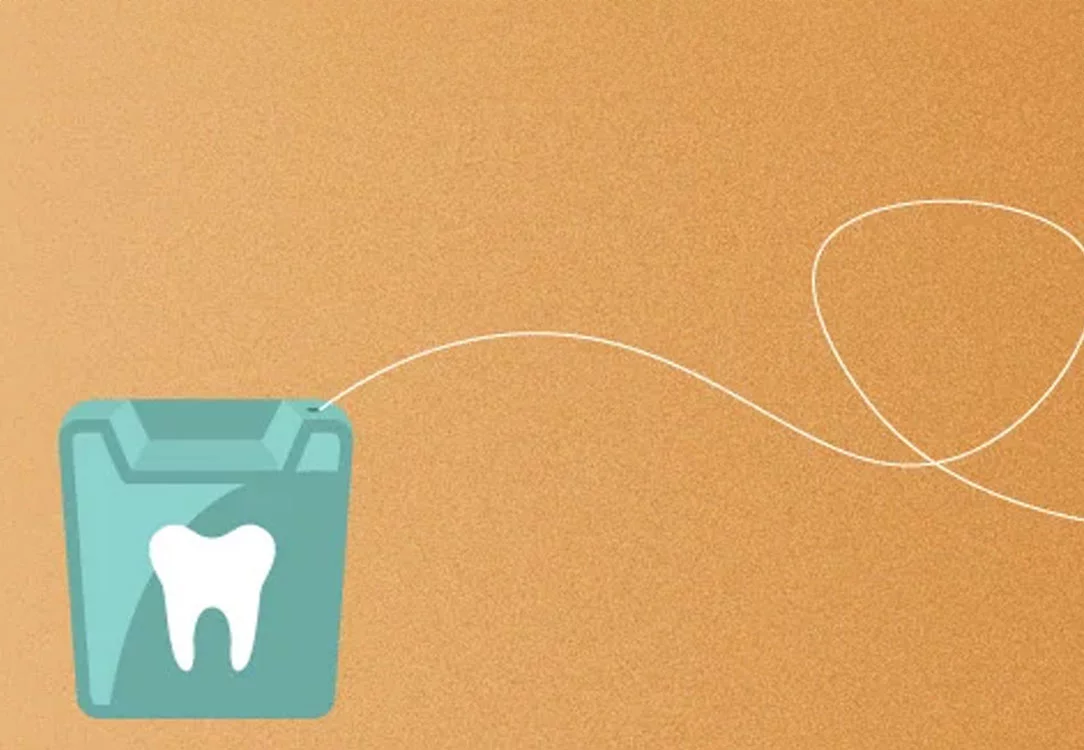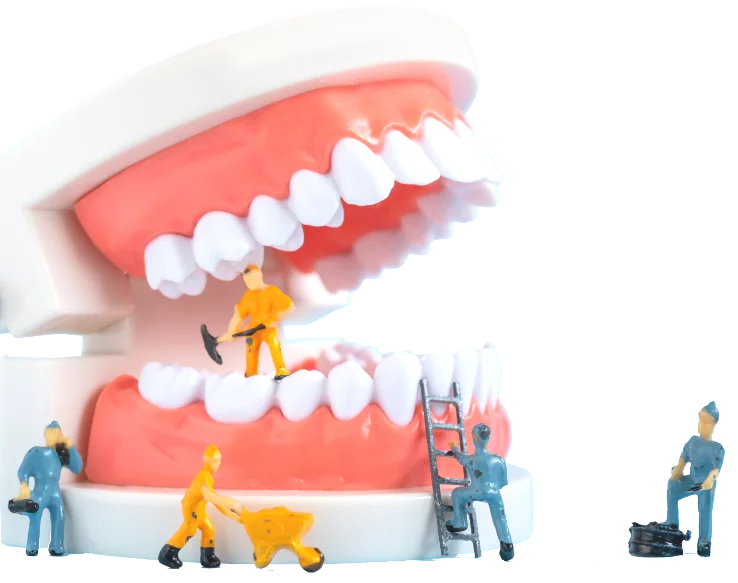What Is Best for Cleaning Teeth?
Keeping teeth clean results from practicing daily dental care. That starts with brushing. Brush at least twice daily using a soft-bristled brush and an ADA-approved fluoride toothpaste. Replace your brush every three to four months.
Toothpaste
Toothpaste is one of the main cogs in keeping your teeth healthy. But not all kinds of toothpaste are the same. Different types have different features. Some prevent decay, plaque, and gingivitis. Others help whiten teeth or are designed for folks who have tooth sensitivities. Discuss the right type for you with your dentist.
Fluoride Toothpaste
Fluoride aids tooth enamel in a couple of ways. First, it helps enamel become as strong as necessary to resist cavities and decay. Once teeth are fully formed, it helps the enamel remain strong. Fluoride also has a remineralizing effect. It helps rebuild weakened enamel so that teeth stay protected.
Hydroxyapatite Toothpaste
Hydroxyapatite helps make up tooth enamel, dentin, and cementum. It is a naturally occurring mineral that makes teeth and bones hard and strong. Using a toothpaste that contains hydroxyapatite helps with enamel restoration and remineralization too.
Charcoal Toothpaste
Charcoal toothpaste contains activated charcoal. During its production, it is treated to become extremely porous. The surface binds to stains, tartar, bacteria, and viruses. This helps remove them from teeth.
Fluoride-Free Toothpaste
Whitening Toothpaste
Whitening toothpastes work in a couple of different ways. One type removes surface stains by polishing the teeth. This removes discoloration caused by food and drinks.

Mouthwash
Mouthwash is another tool to add to your oral care regimen. It freshens breath, helps keep teeth white, and reduces plaque formation. It also provides the mouth with antimicrobial benefits, soothes dry mouth, and strengthens tooth enamel with its added fluoride.
Disclosing Tablets
What Type of Toothbrush Is Best?
Brushing your teeth is foundational to keeping them healthy. There are two kinds of brushes most people use — manual and electric. They both work well at removing plaque – the culprit that causes tooth decay and gum disease. But electrics, thanks to technology, provide some benefits that manual brushes don’t.
Electric Toothbrush
Electric toothbrush bristles use a combination of vibration and rotation to remove plaque. They also provide some benefits that manual brushes don’t.
They are more effective at removing plaque and, thus, reducing gingivitis cases than a manual toothbrush. Electric toothbrushes are also easier for people with limited mobility issues, such as carpal tunnel or arthritis, to use. Plus, some electrics have built-in timers. This lets you make sure you brush for the ADA-advised two minutes.
Dental Floss, Picks, and Sticks
The spaces between teeth are havens for food particles and plaque to collect. Neglecting those areas allows plaque to flourish and eventually leads to gum disease. Multiple dental tools can clean between teeth.

Water Flosser
Dental Floss
Floss Picks
Interdental Brushes
An interdental brush is a small-headed toothbrush designed in varying sizes to match the space between your teeth. They can be cylindrical or shaped like a cone.
Teeth Whiteners
There are multiple products available to help whiten teeth that don’t require a trip to see your dentist.
Whitening strips lined with a peroxide gel are applied to the outer surface of teeth. Use the white strips for up to 30 minutes daily and repeat per the manufacturer’s instructions.
Tongue Scrapers
There are several ways to clean the tongue, and one of those is using a tongue scraper.
Find a Dentist Near Me
Consult your dentist to discuss any questions about oral care products. Or, check out Smile Generation Find a Dentist Tool to find a dentist near you for all your mouth health needs. You can read patient reviews, peruse staff bios, and schedule an appointment online with a mouse click.
Find your trusted, local dentist today!
Sources
Smile Generation blog articles are reviewed by a licensed dental professional before publishing. However, we present this information for educational purposes only with the intent to promote readers’ understanding of oral health and oral healthcare treatment options and technology. We do not intend for our blog content to substitute for professional dental care and clinical advice, diagnosis, or treatment planning provided by a licensed dental professional. Smile Generation always recommends seeking the advice of a dentist, physician, or other licensed healthcare professional for a dental or medical condition or treatment.








